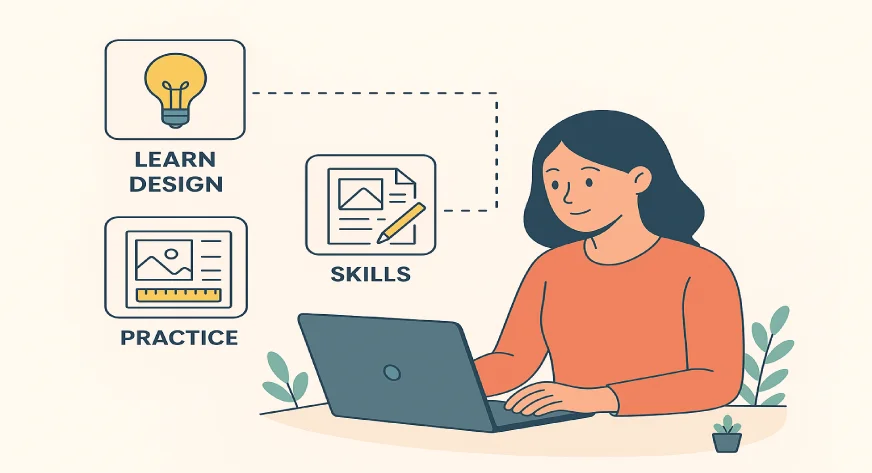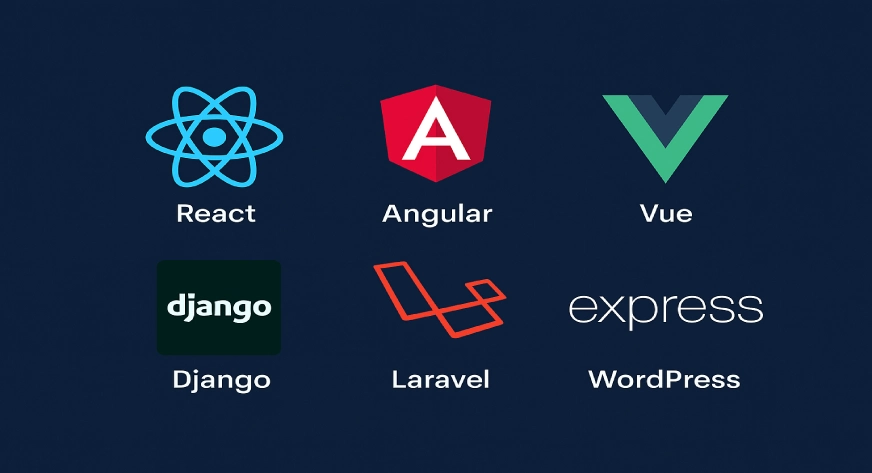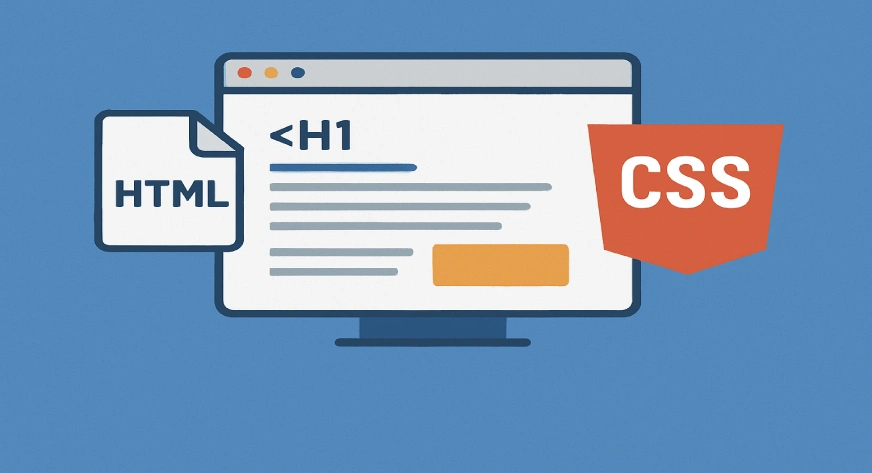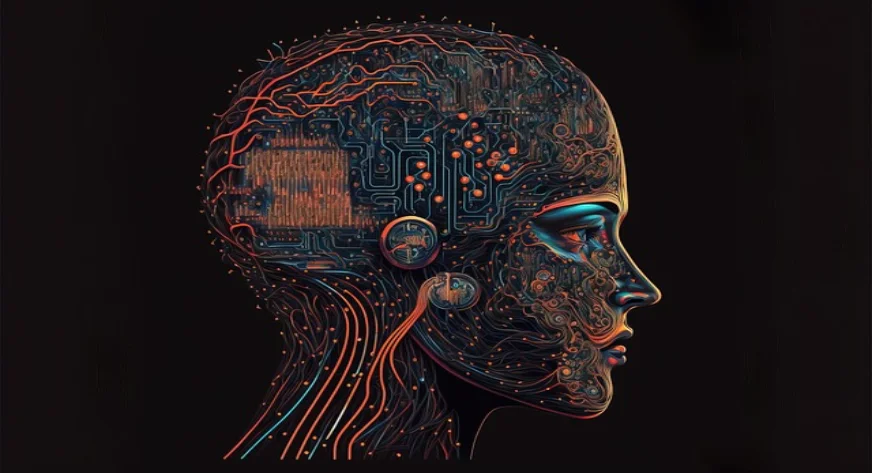To become a UI/UX Designer in 2025, start by learning design fundamentals such as color theory, typography, and layout. Master key tools like Figma, Adobe XD, and Sketch, and understand user research, wireframing, and prototyping. Build a strong portfolio showcasing real projects, take online certifications or bootcamps, and stay updated with the latest design trends and AI tools. Finally, gain experience through internships or freelance projects to enhance your practical skills and land a full-time role.
The demand for UI/UX designers has never been higher, and 2025 is the perfect time to build a career in this field. As businesses rely more on digital products, the role of design has shifted from “making things look good” to “making experiences easy, enjoyable, and valuable.”
If you’ve been wondering how to become UI UX designer, this article will walk you through every step ,from understanding the role to building the skills, tools, and portfolio you need to succeed.
Understand the Role of a UI/UX Designer
Before starting your journey, it’s important to answer: what does UI UX designer do?
- UI (User Interface) designers focus on the look of the product: typography, colors, spacing, buttons, and overall layout.
- UX (User Experience) designers focus on how users interact with the product: research, wireframes, usability testing, and ensuring the product solves real problems.
Think of it this way: if a mobile banking app looks clean, loads quickly, and helps you send money without confusion — that’s the work of both UI and UX. In short, a UI/UX designer blends creativity with empathy and problem-solving.
Build a Strong Foundation
To succeed in design, you need to start with the basics. Learn concepts like color theory, typography, spacing, and accessibility. For example, the right color palette can make an e-commerce store look trustworthy, while poor contrast may make it unusable for people with vision difficulties.
Practical steps to Begin
- Explore free resources on platforms like YouTube, Coursera, or the Figma Community.
- Study popular apps like Instagram or Spotify and try to analyze why they feel so easy to use.
- Practice sketching simple wireframes on paper before moving to tools.
A strong foundation helps you understand not just how things look, but why they work.
Also Read , How to Use Figma for Web Design?
Master Design Tools of 2025
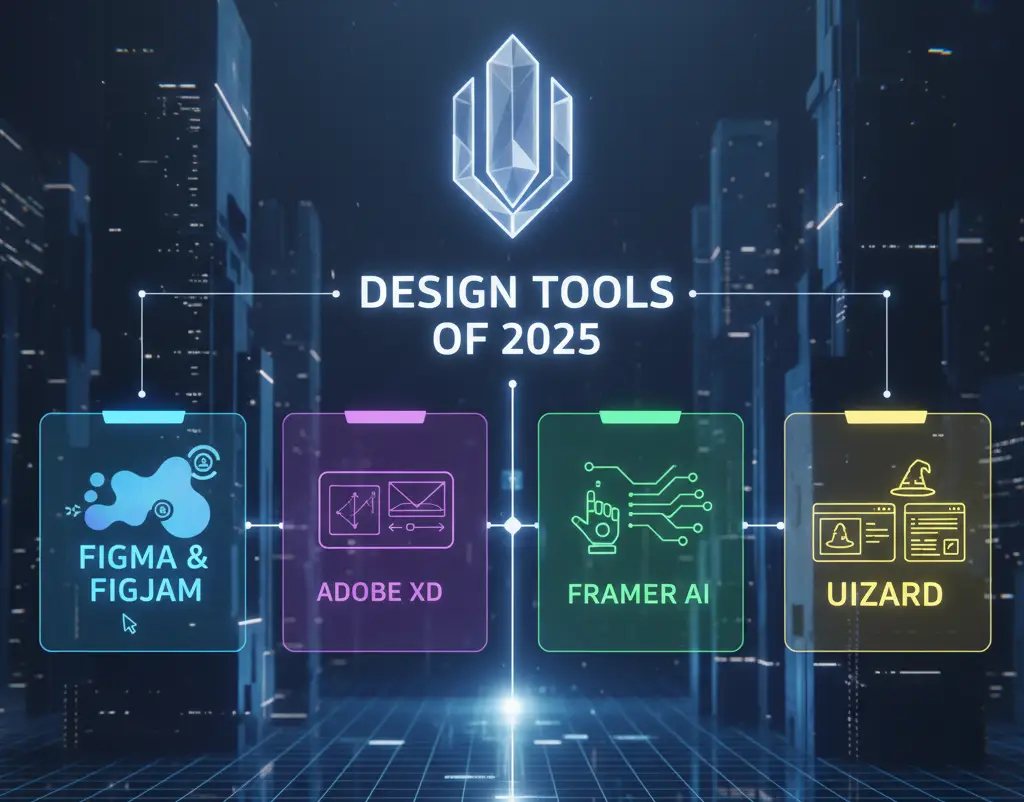
Design tools are like a UI/UX designer’s playground. By 2025, these tools aren’t just about drawing shapes; they’ve evolved into powerful ecosystems that make collaboration, prototyping, and even AI-driven suggestions seamless.
- Figma & FigJam: Still the industry favorite. Its real-time collaboration allows entire teams to design, brainstorm, and leave feedback on the same file. In 2025, AI plugins now suggest layouts, font pairings, and even accessibility fixes ,saving hours of manual work.
- Adobe XD: Popular in larger enterprises because of its integration with the Adobe suite. It remains a reliable choice for teams that already work heavily with Photoshop and Illustrator.
- Framer AI and Uizard: New-age tools that allow you to type a description like, “Design a login screen for a food delivery app,” and see a ready layout in seconds. These are perfect for rapid prototyping.
Create Real Projects and a Portfolio

One of the best ways to show your skills is through real projects. Employers and clients want to see how you think, not just polished screens.
Ways to build a portfolio
- Redesign an existing app you use daily. For example, improve your college website’s navigation.
- Join online design challenges to practice with real briefs.
- Contribute to open-source projects and show teamwork experience.
Learn Coding Basics
While coding isn’t mandatory, knowing HTML, CSS, and a little JavaScript can help you stand out. It improves communication with developers and helps you design interfaces that are easier to implement.
For instance, if you design a responsive website, understanding CSS grids allows you to create layouts that developers can build without major changes. This makes you a more practical designer.
Also Read , What is CSS in HTML and Its Types?
Stay Updated with Design Trends in 2025
Design is never static — what worked in 2020 feels outdated today. By 2025, trends are shaped not just by aesthetics but by technology and user expectations.
Key design trends to watch
- AI-driven personalization: Apps and websites adapt layouts, content, and even colors based on user preferences. Think Netflix recommending not just shows, but customizing thumbnails to what you’re more likely to click.
- Micro-interactions and animations: Small, delightful touches — like a button that bounces when clicked — help create an emotional connection with users.
- AR/VR experiences: Retailers like IKEA now use AR to let you place furniture in your living room virtually before buying. These immersive experiences are becoming mainstream.
- Voice and gesture-based UI: With smart homes and devices, designs are moving beyond screens. For example, a fitness app may respond to spoken commands or hand gestures while you’re working out.
Network and Gain Experience
Knowing design theory is one thing; getting real-world opportunities is another. Networking and practical experience are what turn learners into professionals.
Ways to grow your presence
- Share your work online: Post case studies on Behance, Dribbble, and LinkedIn. Don’t just show polished screens — share your process.
- Join communities: Slack groups, Discord servers, and meetups dedicated to design are perfect for feedback and collaboration. In 2025, many design challenges also happen on platforms like Figma Community.
- Freelance or intern: Even small gigs matter. For instance, redesigning a local café’s menu app or working with a startup on their MVP gives you tangible experience.
A real-world case: Many designers in India started with freelance gigs on platforms like Upwork and Fiverr, then leveraged that experience to land roles at global companies.
Build a Career Path
Once you’ve mastered the basics, learned the tools, and gained some hands-on experience, it’s time to think long-term. UI/UX design isn’t a one-size-fits-all career; it offers multiple paths based on your interests.
- Entry-level roles: Junior UX Designer, Interaction Designer, or Visual Designer. These focus on learning, assisting, and gradually handling small projects.
- Mid-level roles: Product Designer or UX Researcher. At this stage, you manage bigger projects, handle user testing independently, and work closely with developers.
- Senior roles: Design Lead, UX Manager, or even Head of Design. These involve team leadership, strategy, and guiding the overall design direction of a product.
Case example: A startup like Zomato needed UI/UX designers early on to make food discovery seamless. Over time, their design team grew into specialized roles — from interaction experts to researchers testing new features like Zomato Gold.
Final Thoughts
If you’ve been asking yourself how to become UI UX designer in 2025, the answer lies in consistent learning, practice, and curiosity. Start with the basics, master key tools, practice real projects, and keep up with trends. Remember, great design isn’t just about making apps or websites look nice — it’s about creating experiences people love and remember. With dedication, anyone can start this journey and build a rewarding career in design.
At Webworks Co., design and technology meet to create seamless digital experiences. From UI/UX design to complete IT solutions, the focus is on helping businesses grow with reliable, user-friendly products. Their approach is not just about building software but about creating solutions that genuinely serve people.

